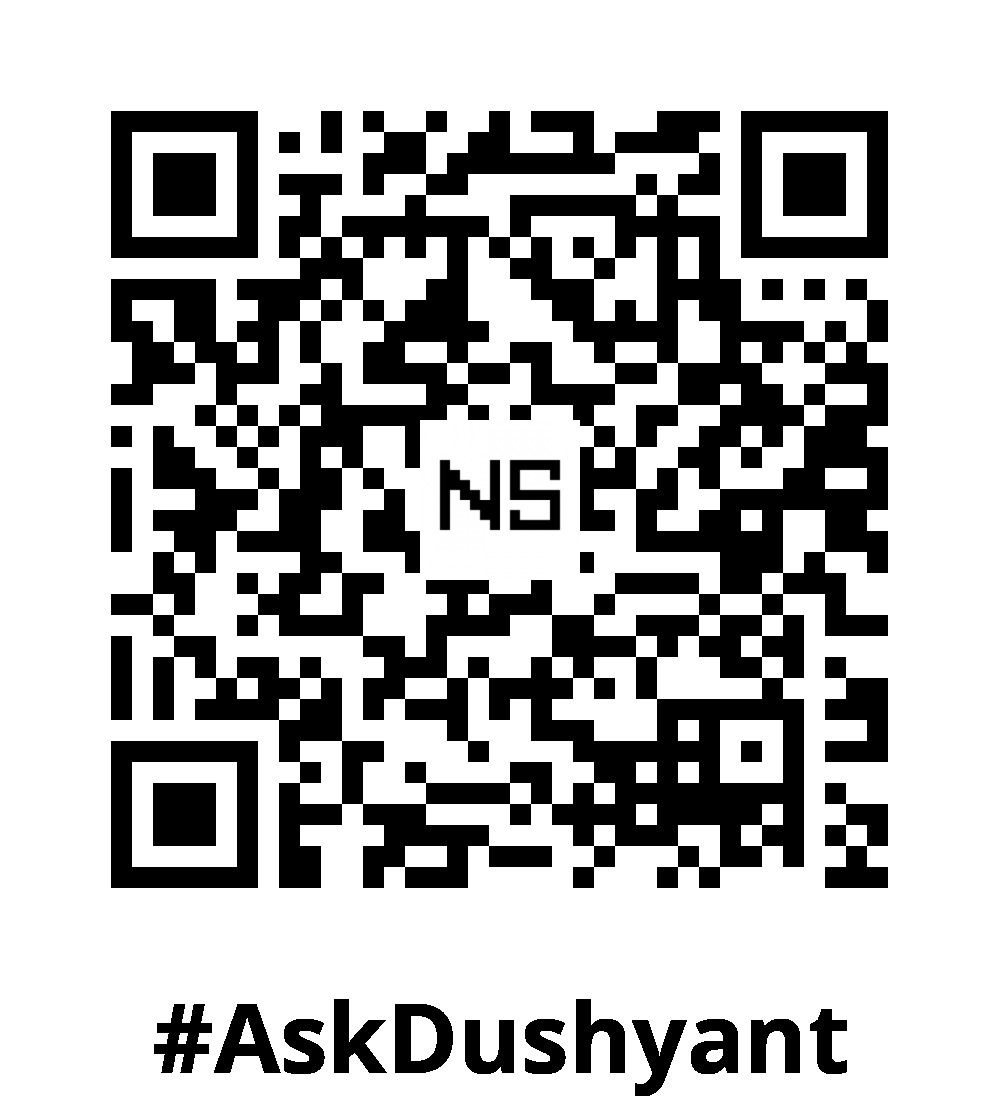Securing web services is crucial for protecting sensitive data and ensuring only authorized users can access your APIs. Without proper security measures, web services are vulnerable to attacks like unauthorized access, data breaches, and malicious exploitation. This guide covers key practices such as HTTPS, API keys, OAuth 2.0, JWT tokens, and Role-Based Access Control (RBAC) using algorithmic approaches, along with real-world use cases.
Using HTTPS for Secure Communication
Concept: HTTPS encrypts all communication between the client and server, ensuring data integrity and preventing eavesdropping or interception. This encryption is crucial for sensitive data such as login credentials and financial transactions.
Algorithm for Enforcing HTTPS:
- Generate SSL certificates for encryption.
- Redirect all HTTP traffic to HTTPS.
- Ensure the server listens for HTTPS connections only.
Pseudo-code:
// Redirect HTTP to HTTPS
IF request.protocol == "HTTP":
Redirect to "HTTPS"
// Server listens for HTTPS connections
SERVER.listen(port=443, SSL_certificate="cert.pem", private_key="key.pem")Use Case: E-Commerce Website
An online store handles sensitive information like payment details and customer addresses. By enforcing HTTPS, the website ensures all transactions are encrypted, protecting users from man-in-the-middle attacks.
Securing with API Keys
Concept: API keys authenticate and identify clients making requests to the API. Each client is issued a unique API key, which must be provided in every request. This helps prevent unauthorized use of the API.
Algorithm for API Key Authentication:
- Generate a unique API key for each client.
- Store the key securely in a database.
- Verify the API key for every incoming request.
Pseudo-code:
// Generate unique API key
API_KEY = GenerateUniqueKey(client_id)
// Store API key in database
DATABASE.store(client_id, API_KEY)
// Verify API key in requests
IF request.header("API_KEY") == DATABASE.lookup(client_id):
Allow access
ELSE:
Deny accessUse Case: Weather API Service
A weather data provider generates API keys for each registered user. The API keys limit the number of API calls users can make based on their subscription level, preventing abuse or overuse of free services.
OAuth 2.0 for Token-Based Authentication
Concept: OAuth 2.0 provides secure, delegated access for third-party applications without exposing user credentials. By using tokens, third-party apps can act on behalf of users to access specific resources.
Algorithm for OAuth 2.0 Flow:
- Redirect user to OAuth provider for authentication.
- Receive authorization code from OAuth provider.
- Exchange authorization code for an access token.
- Use the token to authenticate API requests.
Pseudo-code:
// Redirect user for OAuth authorization
Redirect(user, OAUTH_SERVER.authorization_url)
// Receive authorization code
authorization_code = OAUTH_SERVER.get_authorization_code()
// Exchange authorization code for access token
access_token = OAUTH_SERVER.exchange_code_for_token(authorization_code)
// Verify token for API requests
IF request.header("Authorization") == "Bearer " + access_token:
Allow access
ELSE:
Deny accessUse Case: Social Media Integration
A third-party app requests permission to post on a user’s social media account. The app uses OAuth 2.0 to redirect the user to the social media platform for login and consent, then retrieves an access token. With this token, the app can make authorized posts without knowing the user’s credentials.
JWT Tokens for Stateless Authentication
Concept: JWT (JSON Web Tokens) allow for stateless authentication, meaning user information is stored within the token itself. JWTs are signed by the server, ensuring they can’t be tampered with, and are sent with every request, avoiding the need for server-side sessions.
Algorithm for JWT Authentication:
- Generate a JWT after successful user login.
- Sign the JWT with a secret key to prevent tampering.
- Client sends JWT with each API request.
- Server verifies the JWT on each request.
Pseudo-code:
// Create JWT payload with user data and expiration
jwt_payload = { "user_id": user.id, "exp": current_time + 10_hours }
// Sign JWT with secret key
jwt_token = SignToken(jwt_payload, secret_key)
// Client sends JWT in every request
client.request.header("Authorization") = "Bearer " + jwt_token
// Server verifies JWT token
IF VerifyToken(request.header("Authorization"), secret_key):
Allow access
ELSE:
Deny accessUse Case: Single Page Applications (SPAs)
For a SPA, once a user logs in, a JWT is generated and stored in the client’s local storage. This JWT is sent with every API request, allowing the user to access protected resources without the server needing to maintain a session.
Role-Based Access Control (RBAC)
Concept: Role-Based Access Control (RBAC) restricts access to resources based on user roles. This approach allows fine-grained control over what actions users can perform, ensuring only authorized users have access to sensitive resources or operations.
Algorithm for Role-Based Access Control:
- Assign roles to users (e.g., Admin, User).
- Define permissions for each role.
- Check the user’s role for every request and grant or deny access.
Pseudo-code:
// Assign roles to users
user_role = DATABASE.lookup(user_id, "role")
// Define role permissions
permissions = {
"Admin": ["read", "write", "delete"],
"User": ["read"]
}
// Check access permissions for the user
IF request.resource_permission IN permissions[user_role]:
Allow access
ELSE:
Deny accessUse Case: Enterprise Content Management System
An enterprise CMS allows administrators to edit and delete content, while regular users only have read access. With RBAC, admins can manage the site content, while ensuring users cannot alter or delete content they shouldn’t have access to.
My TechAdvice: Securing web services is essential to ensure the confidentiality, integrity, and availability of the system. As per your application design need protocols like HTTPS, using API keys for client identification, OAuth 2.0 for delegated access, JWT tokens for stateless authentication, and RBAC for granular access control, you can safeguard your API from unauthorized access and data breaches.
- HTTPS: Encrypts communication, preventing data interception.
- API Keys: Authenticate and control access to APIs based on unique client identifiers.
- OAuth 2.0: Enables secure, token-based access for third-party applications.
- JWT Tokens: Provides stateless authentication for efficient, scalable APIs.
- RBAC: Restricts access to resources based on user roles, ensuring only authorized users can perform specific actions.
By incorporating these best practices, you can enhance the security of your web services and build a more robust, secure infrastructure.
#AskDushyant
#TechConcept #TechAdvice #HTTPS #WebService #MicroService


Leave a Reply